Disclosure: Meeple Mountain received a free copy of this product in exchange for an honest, unbiased review. This review is not intended to be an endorsement.
When I was a kid, we had a clubhouse of sorts in our backyard. It was more the frame of a clubhouse. It lacked a real roof or finished walls, but it had a kid-sized dog door of sorts to crawl through. We played in it. Sometimes I wonder what our prospects might have been like had we utilized an animal labor force with union credentials to give it a zesty exterior. Thankfully, Ultimate Treehouse has come along to alleviate my wistful curiosities.
After several plays, Ultimate Treehouse has warranted entirely disparate reviews for its roots, its leaves, and its branches.
The roots
Fat Brain Toy Co., the publisher of Ultimate Treehouse, lays out an admirable agenda in the rulebook before getting to the setup. As a company, their aim is to teach tabletop gaming to families. They defend the hobby as a hobby, they toss out a section of applicable “Gaming Lingo,” and they teach the mechanisms—not to mention the fact that there are such things as mechanisms—by name. The font is large, the tone is encouraging. The whole presentation is a hand extended to folks who have never played a modern board game.
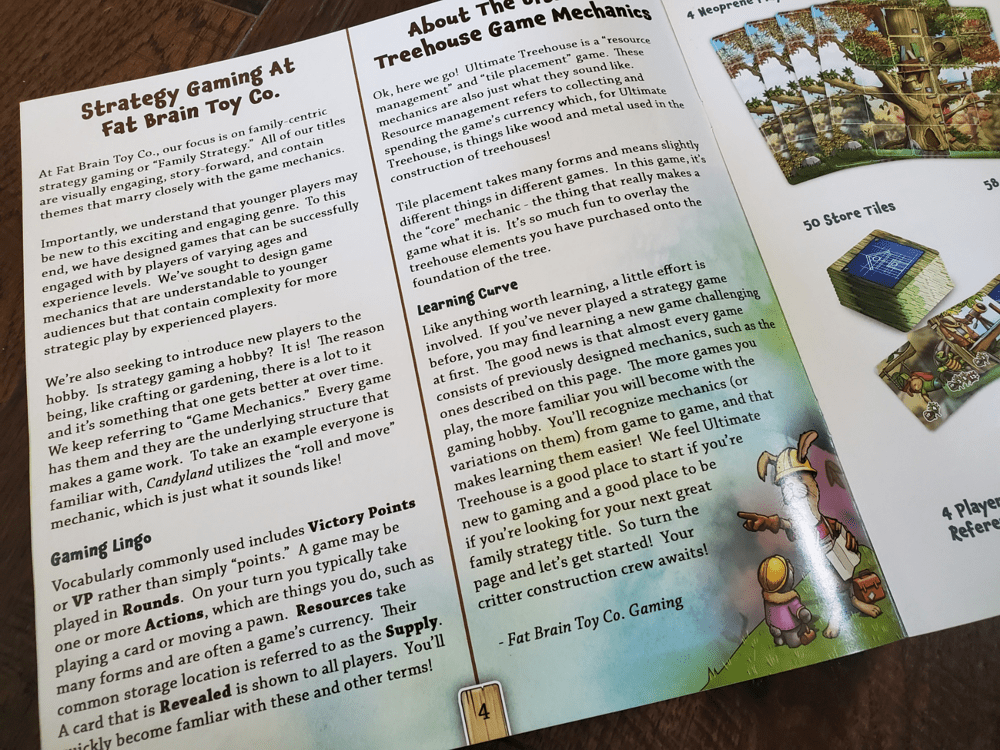
I love it.
The setup is conversational and presented, more or less, through speech bubbles. No previous knowledge is taken for granted. If you’ve never played a resource management or tile-laying game before, you will know you have done so after sitting down to Ultimate Treehouse.
The gameplay is described with solid detail—still in that massive font and encouraging tone—over the course of three pages and there is very little left on the fringes. Following the final scoring, an Action Card Index gives even more detail. The FAQ’s in the back cover simple things like what to do when the decks run out and restate some of the rules so as to strike unmistakable clarity.
In short, if you’re looking for a game for a family that has literally never played a modern board game—particularly a family with mid- to upper-elementary children—Ultimate Treehouse is written to be that first game.
The foliage
There was a collective “wow” when we uncovered the neoprene player mats. They are gorgeous. The tree is vibrant, and the blurred backdrop makes the whole presentation jump right off the synthetic rubber. I immediately sent a pic over to Meeple Mountain founder Andy Matthews since the game was listed among his curiosities for GenCon 2023. He said the same.
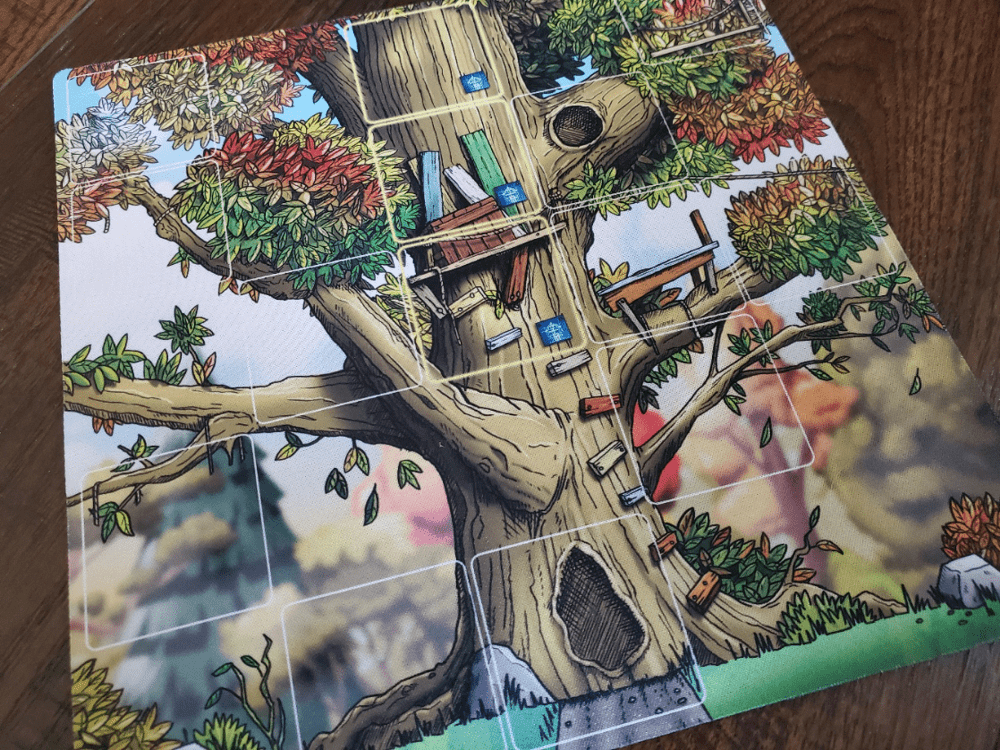
From start to finish, the artwork is super-cute. As players build their treehouses, the tile cards lay right over the tree, replacing the bare bark with the makings of a playhouse. It’s a clever idea. The Action and Weather cards feature tons of adorable critters. Even the resource tokens are nicely printed. They didn’t miss a beat on the aesthetic vibe.
I have but one mild issue with the zesty exterior: because the tiles lay so seamlessly into the tree, they are not always easy to spot, especially as I keep an eye on my neighbor’s doings. But they’re cute enough that I won’t linger here.
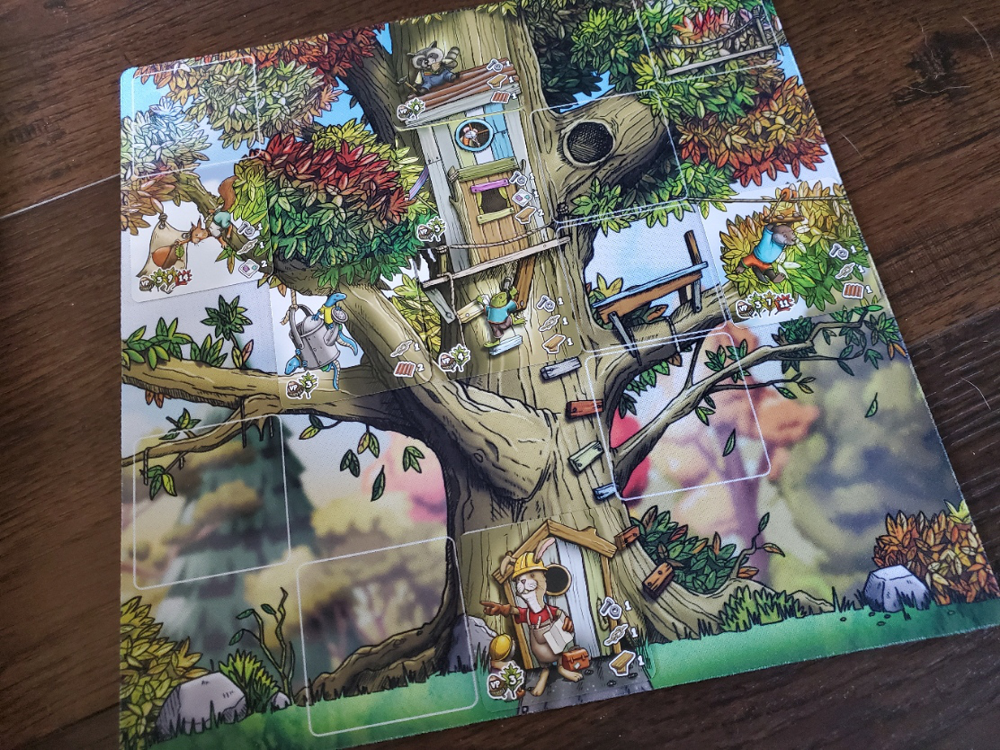
The branches
Instead I’ll linger on the skeleton of the design. The gameplay is just OK, and I’m trying to reconcile how I feel about that. One of the most difficult aspects of teaching, especially when you’ve been around awhile, is remembering what it’s like when you didn’t know. The same is true in board games.
Every round, a Weather card presents a condition that might make it easier or harder to build the treehouse. In turn, players draw a card, play a card, and then, if able, build as many treehouse elements as possible.
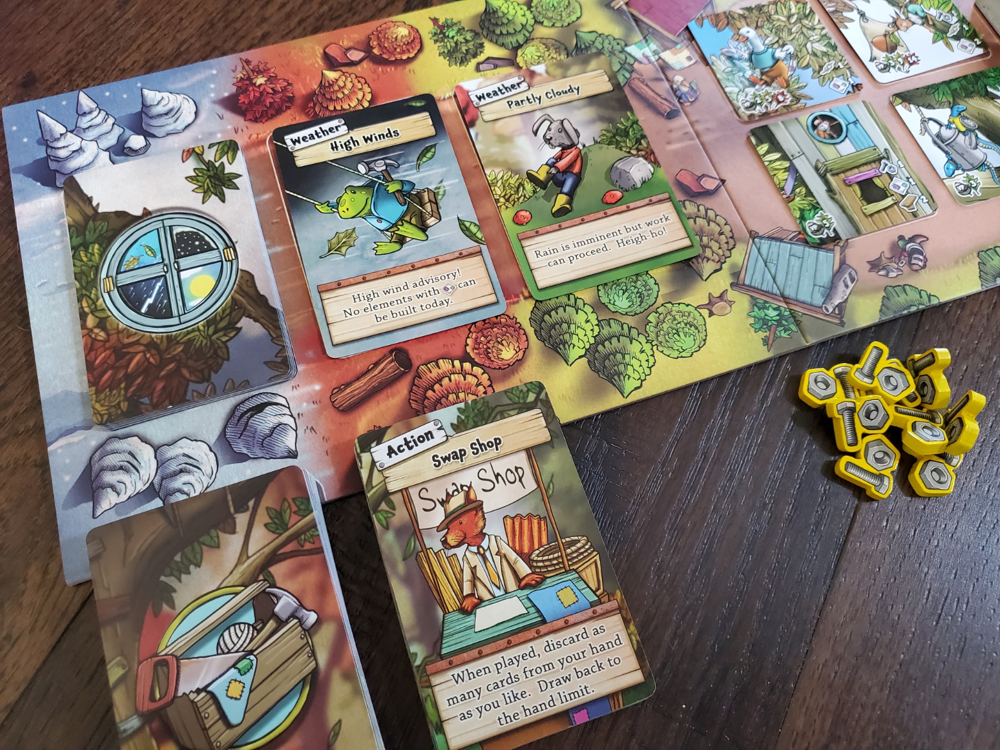
Three elements (floor, walls, roof) form the core structure and grant a small bonus for completion. The others are a mix of one-off tiles and escalating tiles that are worth more as you build duplicates. Every tile has an assigned location; there is no variety in the ne’er-before-mentioned-and-largely-inconsequential town of Mapleleaf.
The Action cards include some light take-that (one game style/mechanic they did not elucidate in the rulebook) and resource acquisition opportunities. Some cards grant special building conditions and others battle the weather restrictions. Play continues in rounds until the Weather deck runs out.
It’s very, very simple. But that’s not why I say it’s “just OK.” In fact, I celebrate the desire for simplicity. Something else is missing. I think it’s in the decision-making. There just aren’t enough interesting decisions, especially in a game that can push the hour mark if you leave in the full number of Weather cards.
Four building elements are visible in the marketplace. In order to build them you need certain resources. So you get the resources your cards allow and you build the thing(s) you can in the only place it’s allowed to reside. The take-that cards often involve stealing a resource—but only one—or a card, which is immediately replenished. The resource cards gain two to four resources, making the take-that bits only mildly enticing at best; more like last resorts because using one in place of gathering the old-fashioned way will leave you in deeper trouble than the victim of your theft.

In a narrative sense, the mechanism priorities are mislabeled. Just because you lay a tile down does not make the game a tile-laying game. When the pieces only fit one way, the game has to lean heavily into another mechanism to remain interesting: a race, most often. In this case, while the resource management is present, the most efficient action is often obvious. It is the take-that aspect of the cards that has the best chance to create a narrative—the one mechanism not even listed. Whether they help or harm, they inject something unpredictable.
In light of this, I could see several things boosting the game’s narrative arc. Including any choice in the placement of the building elements would be interesting. Introducing speed to the equation could make even those minor take-that cards more compelling. Playing two cards instead of one (or utilizing multi-use cards, even though that adds just a hint of complexity) might allow for a narrative move alongside an efficiency move. Any of these lines would inject dramatic tension and make the choices more meaningful.
Now I know these thoughts might tarnish the introductory nature of the game, but what moves tabletop games from a thing that just happens on a weeknight to a hobby is the introduction of even a little bit of tension to the decision-making—and the subsequent fruit of that tension. I’m not sure a game in which things just happen is going to make folks hungry for more.
Or perhaps what I could say is this: If Ultimate Treehouse serves its purpose—a first introduction to the hobby—I worry it will immediately become dispensable when a game with tension hits the table. I know not every game stays in the collection forever, but I at least want titles to be interesting enough to have that chance.

If I am going to spend a chunk of an hour in the tree or with 7 Wonders Architects or Kraken Attack!, both of which are super-cute and boast lower complexity scores on BoardGameGeek’s oft-dubious scale, the choice is easy because of the presence of tension in the decision-making. I don’t think I’m off base to say my kids feel the same, even if they can’t articulate their reasons. They’ve enjoyed building the treehouse, but if I offer another game, they’ll jump ship.
When I look at the list of Playtesters in the back of the rulebook, I can’t help but notice how many are from families. Don’t get me wrong, it’s important and necessary because Ultimate Treehouse is a family game. But there are only so many families listed and most of the surnames appear elsewhere in the design credits. I wonder if a few more “stranger” plays (folks who have never seen the game before) and a few more challenging suggestions would have meant a stronger mechanical skeleton.
That old clubhouse in my backyard stood for years—too many years. It never looked pretty, but the frame held up and we just kept playing. Despite its unappealing exterior, it was sturdy enough to survive until the space was needed for a garden. I guess that’s what I want from even the simplest introductory game: a satisfying skeleton. My fear for Ultimate Treehouse, though, is that what it has in the roots and the foliage—the admirable and the adorable—won’t last for a lack of girth in the branches.


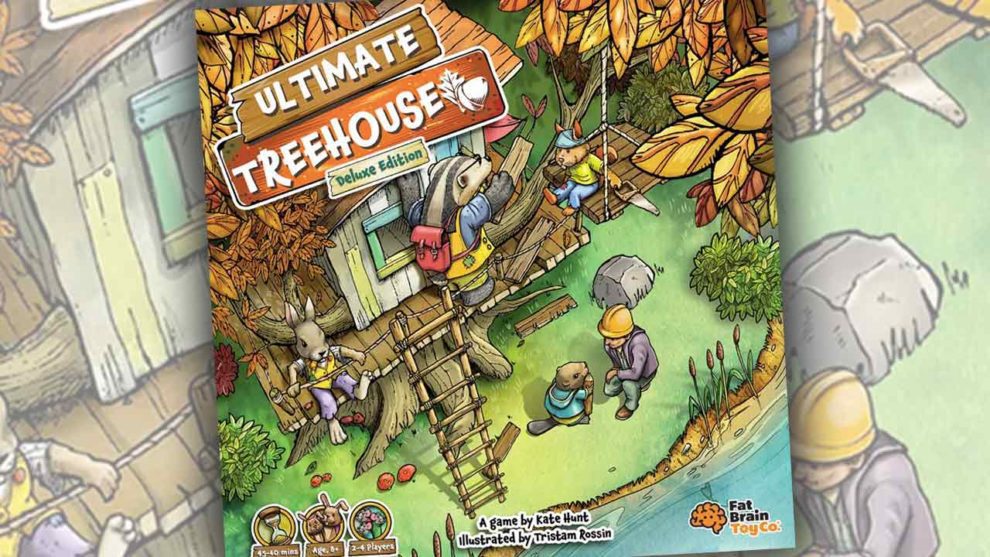

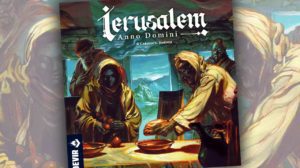






Add Comment